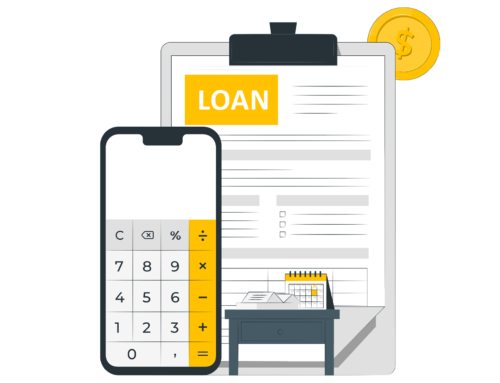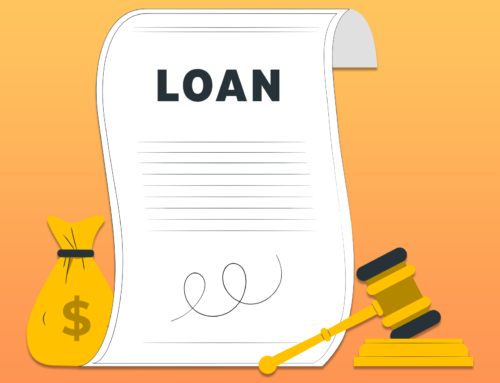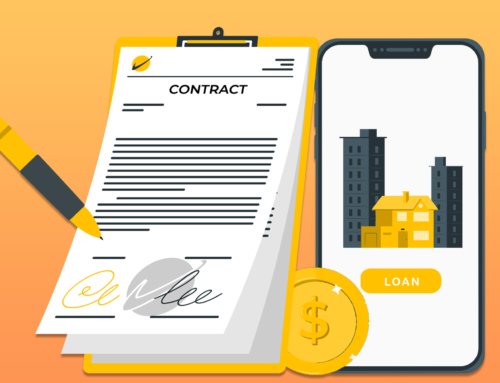If borrowers can not repay loans, lenders mostly have no choice but to foreclose on assets. However, there could be another option that is beneficial to both borrowers and lenders in the case of a payment default. This is known as the “Deed in Lieu of Foreclosure.”
A deed in lieu of foreclosure (DIL) is when the borrower transfers their entire interest in the secured asset to the lender. This is done to repay a loan that has gone into default and avoid foreclosure. As a result, the lender benefits from a shorter time and lower cost to repossess the asset, possession of the asset with absolute authority over its operation, and a lesser danger of the borrower ruining the asset to exact revenge on the lender.
It’s worth noting that lenders will need to assess a borrower’s facts and circumstances before deciding whether to pursue a DIL rather than a foreclosure. As a lender putting the Deed In Lieu of Foreclosure into consideration when there is a repayment default, you should take note of the following things:
- First, ensure that the terms of the offer are in writing.
- Second, evaluate the state of all existing defaults by the borrower, including unpaid interest, default interests, and late fees.
- Third, review the documentation properly to ensure that the agreement is complete.
- Fourth, obtain and examine a recent title search to identify the status of the title.
- Scrutinize the asset and relevant public records.
- Finally, order and evaluate an impartial appraisal.
A deed in lieu can be a potent tool for both lenders and borrowers in avoiding costly foreclosures and the adverse effects that accompanies it. To read more, click here.
https://geracilawfirm.com/covid-19-deed-in-lieu-of-foreclosure-what-you-need-to-know/
About Note Servicing Center
Note Servicing Center provides professional, fully compliant loan servicing for private mortgage investors so they can avoid the aggravation of servicing their own loans and just relax and get paid.
Contact us today for more information.






